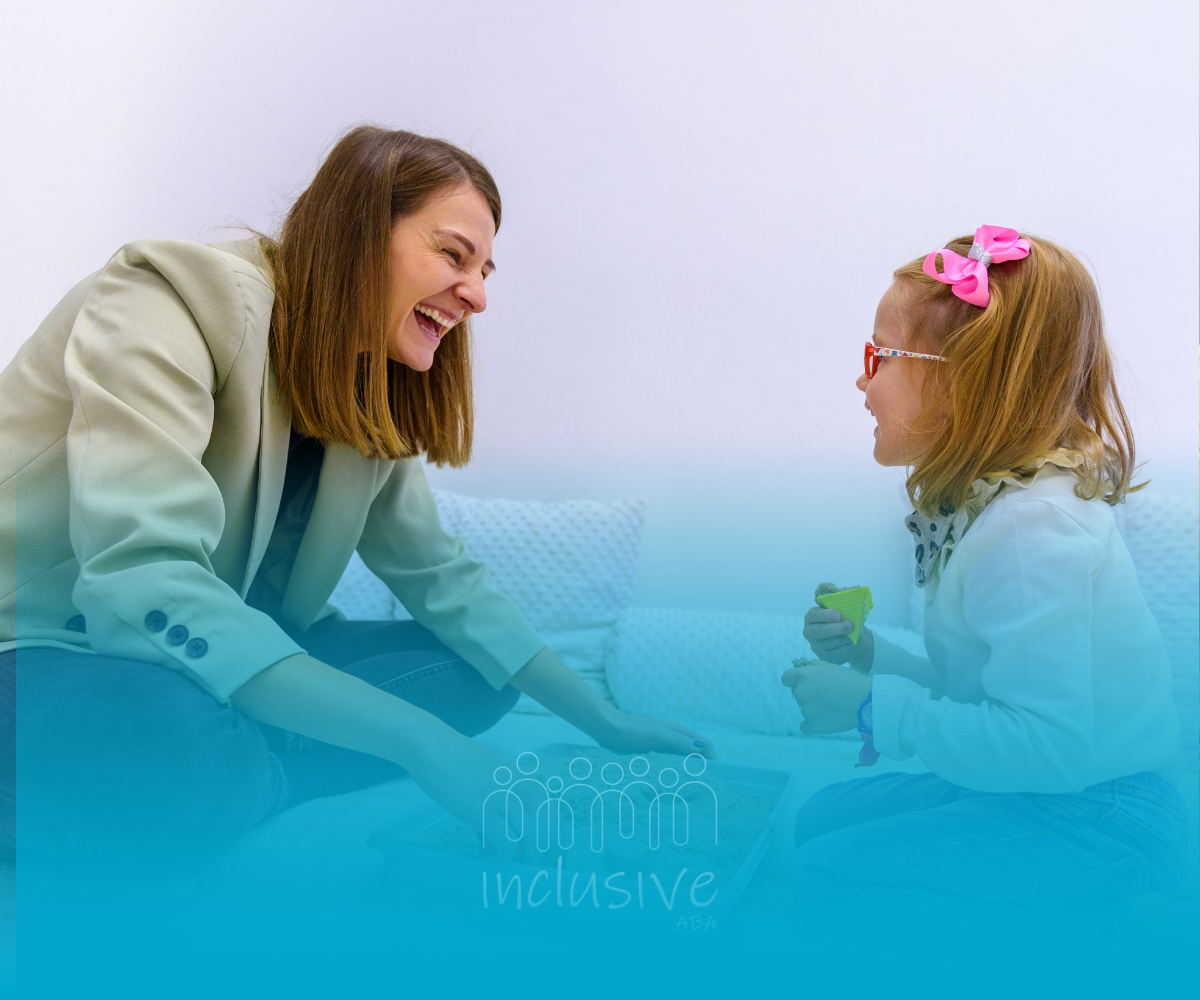How Sensory Processing Disorder Tests and ABA Therapy Help Kids Thrive
Sensory Processing Disorder (SPD) is a condition that affects how the brain interprets and responds to sensory information, often leading to challenges in daily activities. While SPD is not an official diagnosis in the DSM-5, it is widely recognized as a condition that significantly impacts children, especially those with autism.
Matthew (name adjusted for discretion) was a 5-year-old boy who struggled with hypersensitivity to touch. He would scream and resist when his parents tried to dress him, making simple routines like wearing socks or brushing his hair a daily battle.
After joining Inclusive ABA, Matthew’s therapy plan incorporated gradual exposure techniques and reinforcement strategies, helping him adjust to different textures. Over time, Matthew was able to tolerate clothing changes without distress, and his parents noticed a huge improvement in his daily routine.
For parents considering Applied Behavior Analysis (ABA) therapy, understanding SPD, how it is tested, and how ABA can help is essential. This guide breaks down everything you need to know, from identifying sensory issues to effective ABA strategies that support children with SPD.
Understanding Sensory Processing Disorder
SPD occurs when the brain has difficulty receiving and responding to sensory input in an organized way. This means a child might react too strongly to certain stimuli or barely react at all. These reactions can interfere with daily life, making routine activities overwhelming or frustrating.
Types of Sensory Processing Challenges
- Sensory Over-Responsivity (Hypersensitivity): Children are overly sensitive to sensory input. They may cover their ears at loud sounds, refuse certain clothing textures, or avoid bright lights.
- Sensory Under-Responsivity (Hyposensitivity): Children may not notice pain, fail to respond to loud noises, or crave intense sensory input like deep pressure or fast movement.
- Sensory Craving: Some children seek constant stimulation, such as spinning, jumping, or touching everything in their environment.
Common Signs of SPD in Children with Autism
- Extreme reactions to sounds, textures, lights, or smells
- Difficulty with food textures and selective eating
- Avoiding physical touch or seeking excessive pressure
- Trouble with balance or coordination
- Resistance to grooming tasks like haircuts or teeth brushing
If a child consistently displays these signs, a sensory processing assessment may be helpful.
How Sensory Processing Disorder is Tested
There is no single "official" medical test for SPD, but professionals use a combination of tools to assess sensory challenges.
1. Parent and Caregiver Questionnaires
Parents provide details about their child’s reactions to sensory input. Commonly used assessments include:
- Sensory Profile 2 – A standardized questionnaire evaluating sensory responses
- Sensory Processing Measure (SPM) – Assesses sensory functioning across home and school environments
2. Direct Observations by Professionals
Occupational therapists observe how a child interacts with different sensory inputs in controlled settings. They may analyze responses to textures, movement, noise levels, or light changes.
3. Standardized Sensory Tests
- Sensory Integration and Praxis Tests (SIPT): Measures how children perceive and process sensory input
- The Peabody Developmental Motor Scales (PDMS-2): Assesses motor development related to sensory challenges
A thorough assessment helps parents and therapists develop personalized intervention plans tailored to the child’s unique sensory needs.
How ABA Therapy Helps with Sensory Processing Challenges
ABA therapy is highly effective in addressing behavioral difficulties related to sensory processing. While ABA does not directly change how a child processes sensory input, it helps teach coping strategies and replace disruptive behaviors with functional skills.
ABA Strategies for Sensory Processing Disorder
Gradual Desensitization
- If a child resists touch, ABA introduces gentle tactile exposure in a structured way.
- For noise sensitivity, therapists use systematic exposure to sounds at increasing levels of intensity.
Positive Reinforcement for Coping Skills
- Encourages children to use self-regulation strategies (e.g., deep breathing, squeezing a stress ball).
- Rewards calm and adaptive responses to challenging sensory situations.
Replacement Behaviors for Sensory-Seeking Children
- If a child constantly jumps or spins, therapists provide structured movement breaks instead of disruptive stimming behaviors.
- Teaches appropriate ways to fulfill sensory needs without interfering with learning or social interaction.
Customizing Therapy Based on Sensory Preferences
- Some children learn best through visual tools (charts, timers).
- Others respond better to physical movement-based activities (swing therapy, weighted blankets).
By integrating these approaches, ABA therapy helps children adapt to their sensory environments, making daily activities more manageable.
Conclusion
Sensory Processing Disorder can significantly impact a child's daily life, making it difficult to engage in everyday tasks. Understanding how SPD is assessed and treated can help parents find the right support for their child. ABA therapy offers structured interventions to help children manage sensory sensitivities, improve adaptive behaviors, and build essential life skills.
At Inclusive ABA, our expert therapists create personalized ABA plans to help children with sensory challenges thrive in their environments. If your child struggles with sensory sensitivities or seeking behaviors, we’re here to help! Contact Inclusive ABA today to learn how ABA therapy can make a difference.
FAQs
Can a child have SPD without autism?
Yes, SPD can exist independently, though it is more common in children with autism.
Does ABA therapy include occupational therapy (OT)?
ABA and OT are separate therapies, but they often work together to support children with SPD.
How long does it take to see results from ABA for sensory issues?
Every child is different, but parents often notice improvements within a few months of consistent ABA therapy.
Sources:
- https://www.sralab.org/rehabilitation-measures/sensory-processing-measure
- https://familydoctor.org/condition/sensory-processing-disorder-spd/
- https://childmind.org/article/sensory-processing-issues-explained/
- https://www.columbiadoctors.org/health-library/condition/sensory-processing-disorder/
- https://sensoryproject.org/2018/03/16/about-the-sensory-integration-and-praxis-test-sipt/
- https://pubmed.ncbi.nlm.nih.gov/35515351/













